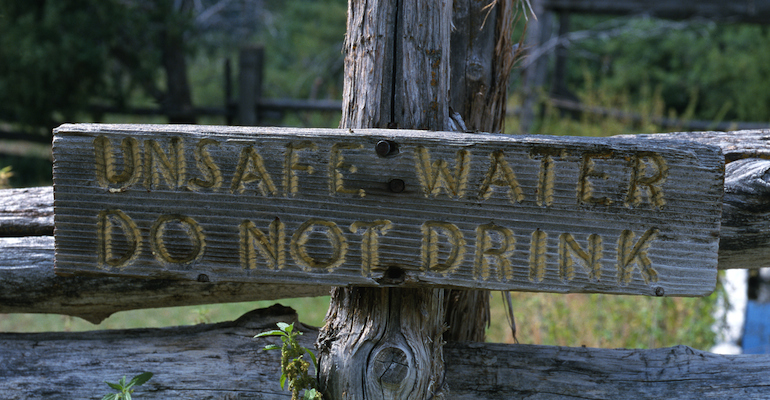If your child has belly pain shortly upon arrival in your home, or stops gaining weight, it's important to take her to a doctor right away.
Children who have lived in institutions or in very crowded conditions (including in the U.S.) are at risk for several gastrointestinal infections. The two most common — Giardia and Helicobacter pylori (H. pylori) — can be treated effectively if your doctor is aware of your child's background and knows what to look for.
What is Giardia?
Giardia lamblia is a common stool infection seen in children adopted internationally. This infection is so widespread in this group that all children adopted internationally should be tested for it, whether or not they have symptoms.
The most common symptom of Giardia is diarrhea. Others are poor appetite, low weight gain, excessive gas, irritability, and belly pain. Some children, however, show no symptoms. To test for the infection, your doctor will do a simple stool test, though a biopsy of the small bowel may be needed in rare cases. If your child tests negative but still shows symptoms, ask your doctor to test for it again. Giardia parasites can hide in the folds of the intestinal lining, and so may not be present in every stool.
Giardia is commonly treated with liquid metronidazole (brand name Flagyl). Insist on treatment, even if your child doesn't show symptoms. Eliminating Giardia is important because it may reveal other parasites. Treatment will also reduce the risk that the infection passes on to family members. After treatment, doctors should test another stool sample to ensure that the Giardia is gone.
What is Helicobacter Pylori?
A second possibility is Helicobacter pylori (H. pylori), which can show up in children who are malnourished or who have persistent diarrhea or parasite infections. Most children infected with H. pylori show no symptoms, and the disease usually disappears without treatment. In a few children, however, the disease causes heartburn, chronic nausea, vomiting (particularly blood), blood in the feces, weight loss, poor growth, and pain around the belly button that awakens a child from sleep. Children who have had the infection for a long period of time may also develop anemia.
Identifying H. pylori in children is no easy task. Blood testing, the easiest diagnostic procedure, is not reliable in children under age 10. Stool testing is available in some areas, although its reliability has not been proven. A far more accurate method — a biopsy of the inflamed area in the stomach or intestine — is very invasive and requires anesthesia. This is recommended only for children with severe symptoms, such as vomiting blood or failure to gain weight.
Although H. pylori is difficult to diagnose, the good news is that most children respond to treatment, which includes two antibiotics and an acid-suppressant that allows the stomach lining to heal. Since H. pylori is difficult to eradicate, parents should remain watchful for a relapse. Standard practice is to assume that a child is cured as long as symptoms are gone, but, if they reappear, go back to the doctor.
A Final Thought
Physicians and families need to be vigilant about finding gastrointestinal infections, especially in kids who are failing to grow. Doctors who work with children adopted abroad have to think outside the box. What's important is not where your child lives now, it's where he was born.
JOIN You are viewing this exclusive AF content as a guest. To access our full Adoption Parenting Library — plus digital issues, eBooks, expert audio and more — join Adoptive Families today.  |



